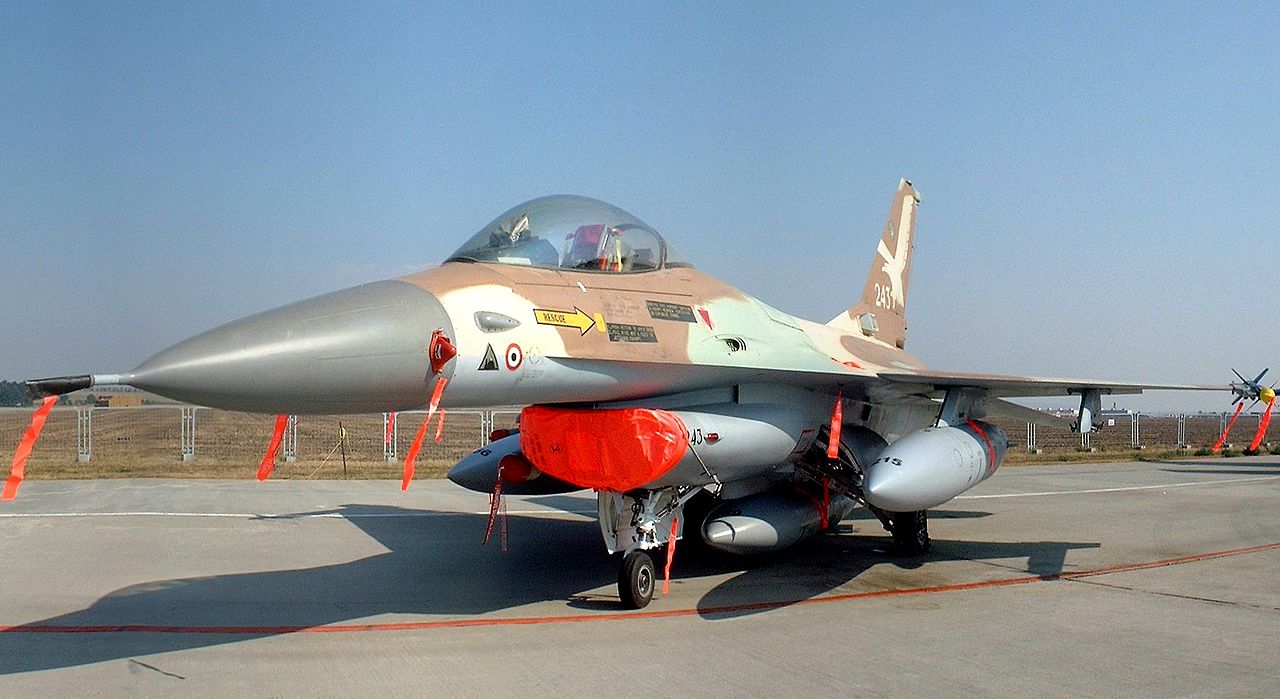Part 1 of 2 Parts
It is widely assumed that Israel has about a hundred nuclear warheads and the means to deliver them. I have written before that I believe that if Israel was attacked and felt that they were on the brink of defeat, they would unleash their nuclear arsenal against their attackers. In any case, in the late 1970s, their Prime Minister promoted the policy that no enemy state should be allowed to acquire nuclear arms.
In 1976, Iraq attempted to buy a gas cooled graphite- moderated plutonium-producing reactor and plutonium reprocessing plant but the French had turned them down. Next, they tried to buy a heavy water moderated Cirene reactor from Italy but that request was also denied. Finally, they managed to convince the French to sell them an Osiris-class research reactor. A small Isis class reactor, about thirty pounds of ninety three percent enriched uranium and training were also part of the deal. The Iraqis claimed that the French reactor which was named Osirak was for peaceful scientific research but the Israeli were suspicious and counter-claimed that it was intended for the production of nuclear weapons.
The Iran-Iraq war began in September of 1980. Eight days after the war started, the Iranians attacked the Iraqi reactor in their Operation Scorched Sword. Four F-4E Iranian Phantom Jets flew into Iraq and proceeded to the town of Tuwaitha where the Osirak reactor was located and proceed to bomb the reactor. There was minimal damage done to the reactor and the attack did not slow down the Iraqi nuclear program.
The Israelis were very concerned about the construction of the Osirak reactor in Iraqi. They had been debating taking action while the sale was being finalized. In 1977, the new Israeli Prime Minister stepped up planning and had a full-scale model of the reactor built to practice bombing.
The Israelis also carried out a series of covert operations to try to slow down construction of the reactor. In April of 1979, the Israelis destroyed the first set of core structures for the Osirak reactor by planting a bomb in France before the structures could be shipped to Iraq. Later in the year, the Prime Minister decided that it was time to authorize a full out attack on the reactor which was referred to Operation Opera. Following that decision, Israel carried out an assassination and more bombing to slow down the Osirak project.
Although it was an enemy of Israel, Iran was so concerned about Iraq completing their reactor, that they cooperated with the Israelis. They provided valuable information about the site and their earlier failed attack. They staged a major strike at the Iraqi air force to help Israel.
On June 7 of 1981, eight Israeli F-16 fighter-bomber jets left Israel’s Etzion Airbase and flew though Jordanian and Saudi airspace without challenge. During their flight, they crossed over the Gulf of Aqaba where King Hussein of Jorden was sailing his yacht. The King recognized the planes as Israeli and sent a message to his government to warn Iraq. Fortunately for the Israelis, the warning was never received. Within two minutes, the Osirak reactor was bombed into rubble.
The U.N. condemned the Israeli attack on the Iraqi reactor and demanded that Israel pay reparations to Iraq which Israel refused to do. There was some talk of starting up the project again but eventually France withdrew and the Iraqis gave up. The remains of the Osirak were ultimately pulverized in the 1991 Gulf War.
Please read Part 2
Israeli F-16 used in attack on Osirak reactor.
